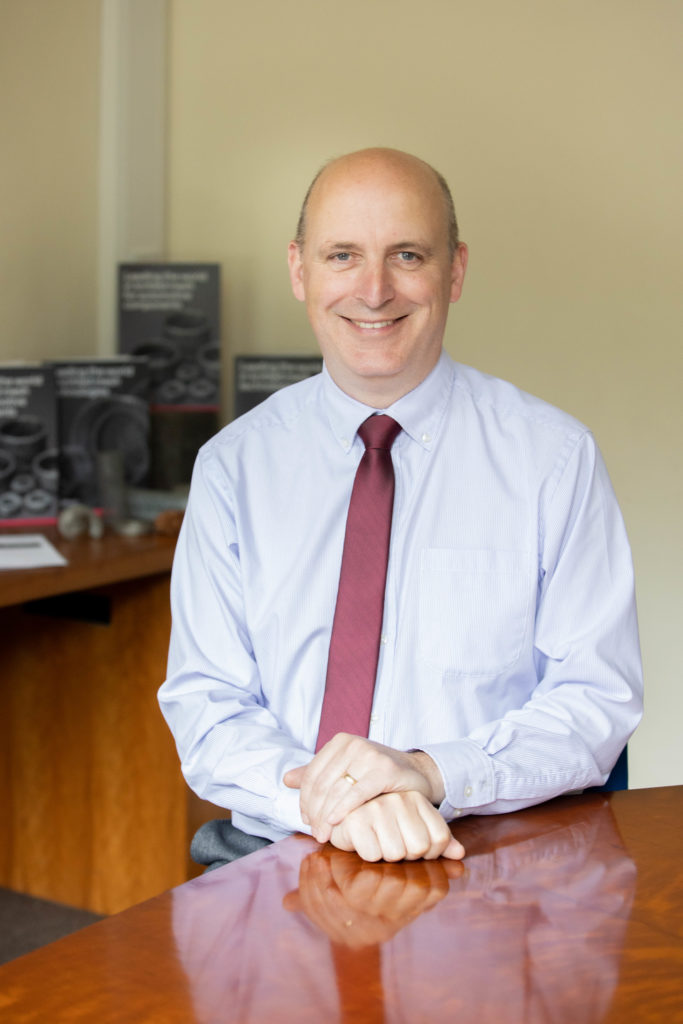
Hydrogen is the most abundant element in the Universe and is present on Earth in great quantities combined with other elements. Hydrogen molecules have useful energy applications, but must be separated from these other elements to obtain molecular hydrogen gas.
Hydrogen is reactive and the energy stored in hydrogen molecules can be released for use when required, for example in applications including hydrogen-powered vehicles.
“Hydrogen is acknowledged as one of the cleanest fuels” says Peter Evans, General Manager, KnitMesh Technologies. “There are four categories of process used to produce or separate hydrogen and green hydrogen is the most environmentally friendly.”
Green hydrogen is produced by splitting water into hydrogen and oxygen (through electrolysis) using electricity from renewable sources such as wind, solar or hydro energy. In the UK, the National Grid will be hydrogen-ready by 2025 and hydrogen will become increasingly important to our energy mix.
“Hydrogen-oxygen reaction can release energy in two main ways” Evans continues. “We can burn it to release the energy as heat and pressure such as in hydrogen internal combustion engines (ICEs) or we can use a Fuel Cell to release the energy produced as electricity”.
Knitted Mesh is already used in electrolysis as the process conditions can be harsh and mesh in special metals, such as nickel, offers a reliable solution for equipment to withstand the operating pressure and the caustic nature of the electrolyte solutions – often potassium hydroxide – KOH.
There are a number of possible applications for mesh in electrochemistry including electrodes, membrane spacers, and electrical current carriers.
“We are confident that the possibilities for using quality knitted mesh in Hydrogen Energy are endless and would like to invite all interested parties to get in touch to discuss their project requirements in more detail” Peter Evans concludes.


